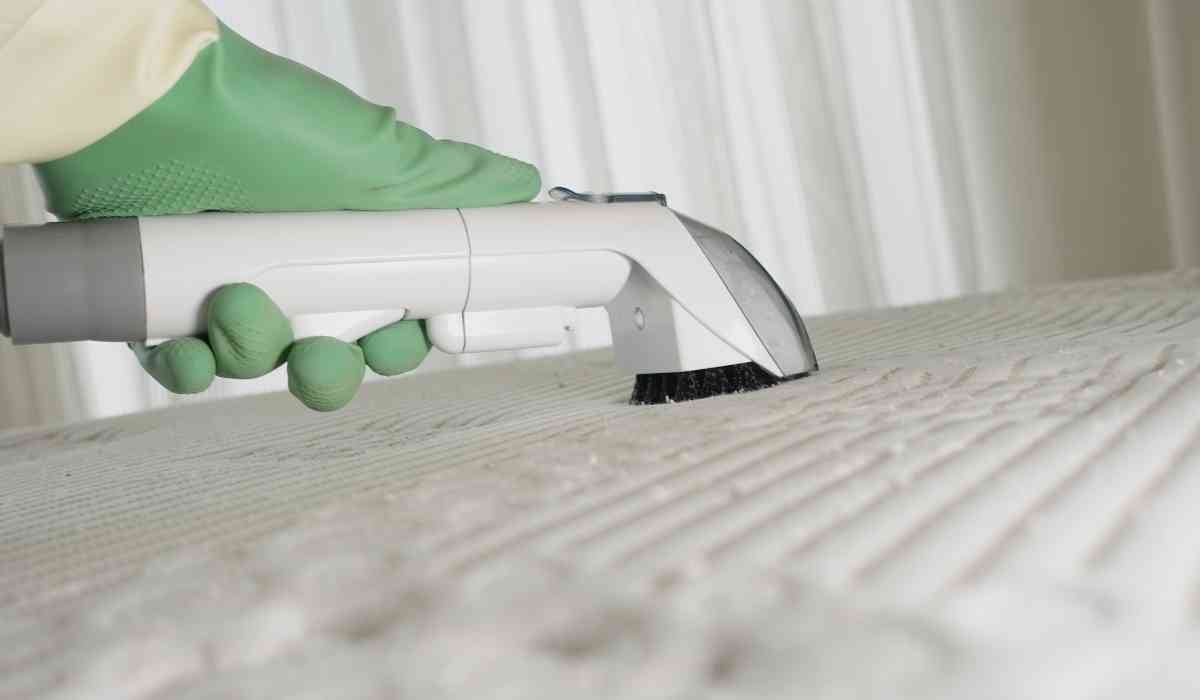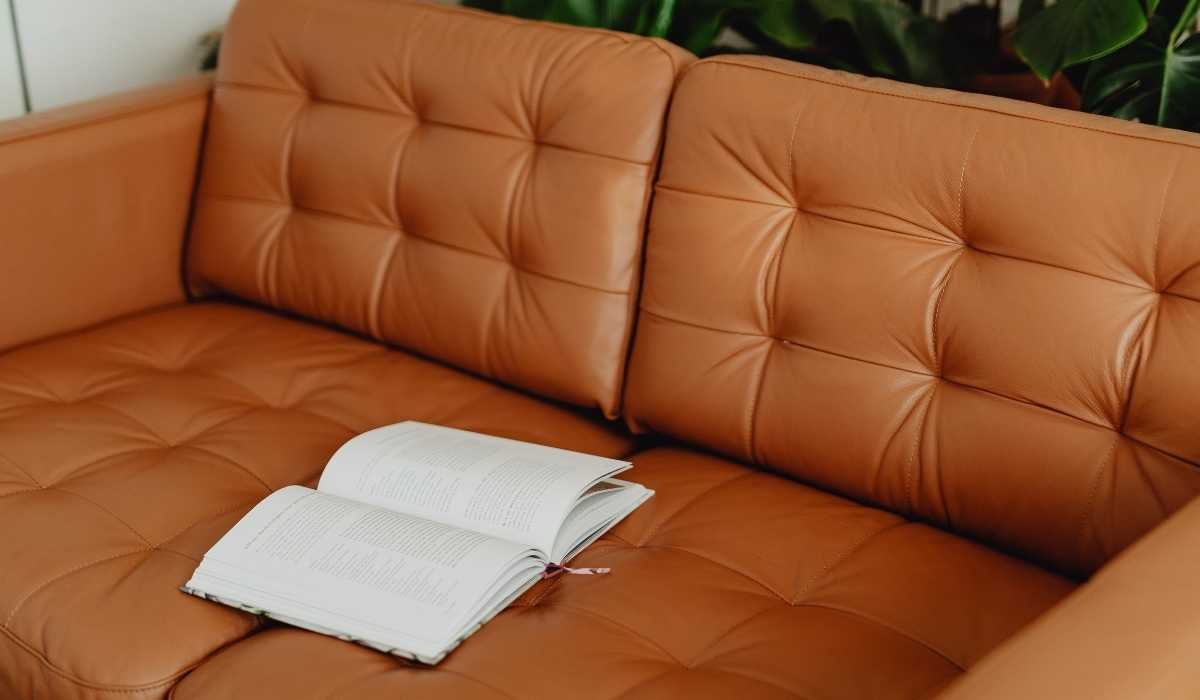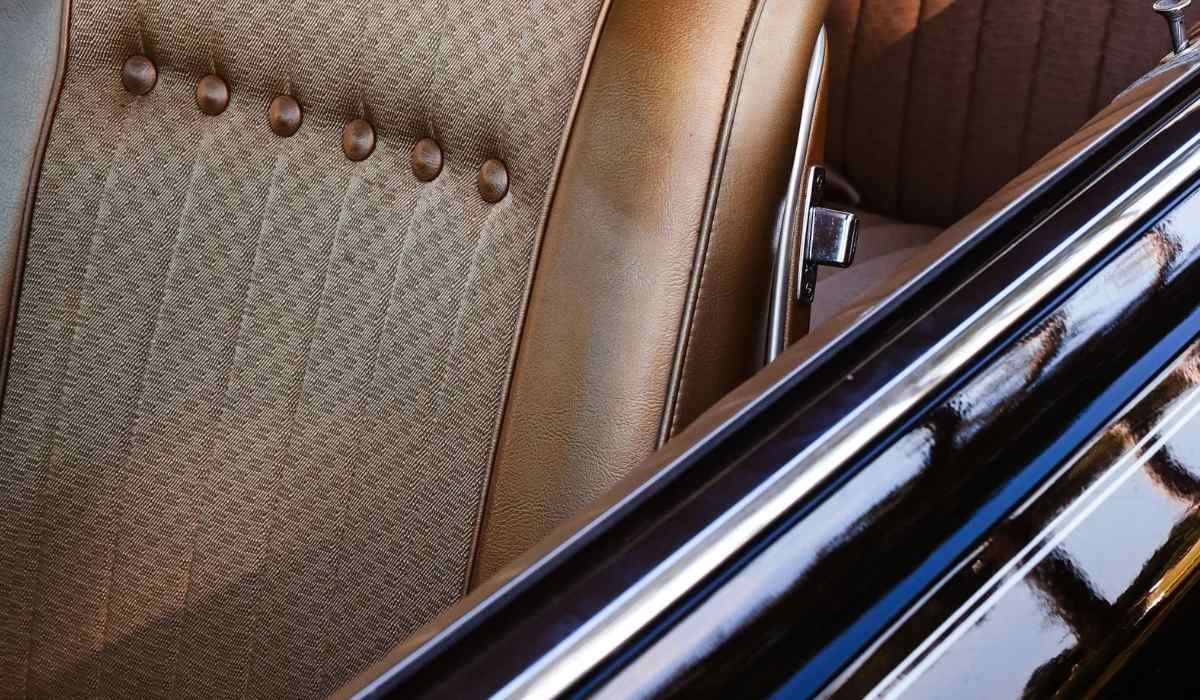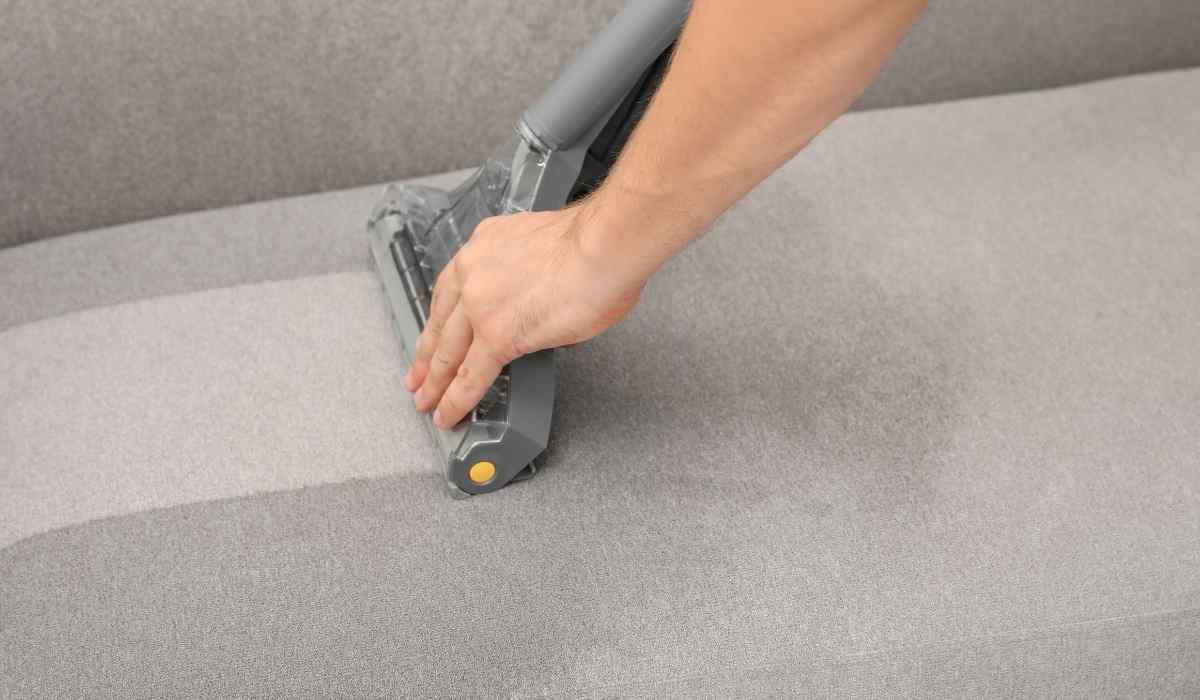Are you wondering if your carpet cleaner can do double duty by cleaning your mattress? It’s a tempting idea—after all, you already have the machine, so why not use it to freshen up your bed?
But before you dive in, it’s important to know how effective and safe this method really is. Your mattress is a big part of your comfort and health, so cleaning it the right way matters.
You’ll discover whether a carpet cleaner can really tackle mattress stains, what types of mattresses are safe to clean this way, and smart tips to keep your sleep space fresh without causing damage.
Keep reading to find out how to protect your mattress and get the clean you want without any surprises.
Contents
Mattress Types And Cleaning Suitability

Different mattress types react differently to carpet cleaners. Foam mattresses, like memory foam, absorb water quickly. This makes drying slow and can cause mold. Using a carpet cleaner on them is not safe.
Innerspring mattresses handle moisture better. A carpet cleaner can clean them well without much risk. The water does not stay trapped inside for long.
Hybrid mattresses have mixed layers. Be careful with water amount. Spot cleaning is better than deep cleaning with a carpet cleaner.
Mattresses with natural fibers can shrink or get damaged by water and soap. Use gentle cleaning methods instead.
| Mattress Type | Suitability for Carpet Cleaner |
|---|---|
| Memory Foam | Not recommended – holds water too long |
| Innerspring | Good – dries faster and cleans well |
| Hybrid | Use with caution – spot cleaning preferred |
| Natural Fibers | Avoid water-based cleaners – may shrink |
Risks Of Using Carpet Cleaners On Mattresses
Using a carpet cleaner on a mattress can cause damage. Mattresses absorb water deeply, making them hard to dry. This can lead to mold and bad smells. Carpet cleaners often use strong chemicals that may harm the mattress fabric or filling.
Foam mattresses, like memory foam, are especially sensitive. They soak up water easily and take a long time to dry. This can ruin the mattress shape and comfort. Innerspring mattresses handle moisture better but still risk damage if too wet.
Also, carpet cleaners may leave residue inside the mattress. This can attract dust mites and bacteria. Mattresses should be cleaned with gentle methods, like vacuuming and spot cleaning. Always let the mattress dry completely before use.
Vacuuming Before Deep Cleaning
Vacuuming a mattress before deep cleaning is very important. It removes dust, dirt, and allergens from the surface. Use a vacuum with a clean brush attachment. Go over the mattress slowly to pick up as much as possible.
This step helps the cleaner work better and reach stains more easily. It also stops dirt from spreading during cleaning. Make sure to vacuum all sides, including edges and seams.
Vacuuming first makes the mattress fresh and ready for the next cleaning steps. It can also reduce the need for strong cleaning chemicals. This keeps the mattress safe and dry faster after cleaning.
Spot Cleaning Common Mattress Stains
Blood, sweat, and urine stains need gentle cleaning. Use cold water and mild detergent. Dab the stain softly, don’t rub hard. Blot with a clean cloth until the stain lifts. Avoid soaking the mattress to prevent mold.
Grease and oil stains can be tricky. Sprinkle baking soda over the spot to absorb oil. Let it sit for 30 minutes, then vacuum carefully. Use a small amount of dish soap mixed with water to spot clean. Blot gently to remove residue.
Coffee and wine stains require quick action. Blot the spill immediately with a dry cloth. Mix equal parts water and white vinegar for cleaning. Apply the mix gently on the stain and blot dry. Repeat if needed, then air dry the mattress fully.
Using Baking Soda For Odor Removal
Baking soda is a simple, natural way to remove odors from mattresses. Sprinkle a good layer evenly over the mattress surface. Let it sit for several hours. This allows the baking soda to absorb odors and moisture. After waiting, vacuum the mattress thoroughly. This removes the baking soda along with trapped smells.
This method freshens the mattress without using harsh chemicals. It is safe and easy for most mattress types. Avoid using too much water or liquid cleaners, as they can leave the mattress damp. Dampness may lead to mold or mildew growth.
Baking soda helps keep the mattress dry and fresh. Repeat this process every few months to maintain cleanliness. This simple step improves sleep quality by reducing odors and allergens.
Drying Techniques To Prevent Mold
Drying a mattress quickly is key to stop mold growth. Use a fan to blow air directly on the mattress surface. Open windows to let fresh air circulate and help moisture leave the room.
Sunlight also helps dry mattresses and kills some germs. Place the mattress outside for a few hours if possible. Avoid putting sheets or covers back on until the mattress is completely dry.
Avoid heavy water use when cleaning. Too much water stays inside and causes mold. Using a carpet cleaner may add too much moisture to the mattress.
Use a dehumidifier in the room to reduce moisture in the air. This helps speed up drying and keeps mold from forming.
Carpet Cleaner Methods For Innerspring Mattresses
Using a carpet cleaner on an innerspring mattress is often safe and effective. These mattresses have a sturdy structure that can handle moisture better than foam types.
Always start by vacuuming the mattress to remove dust and debris. Spot-clean stains gently with a mild detergent mixed with water.
Set the carpet cleaner to a low moisture or upholstery setting to avoid soaking the mattress.
Avoid harsh scrubbing to prevent damage to the springs or fabric. After cleaning, allow the mattress to air dry completely before using it again. Good ventilation speeds up drying and prevents mold growth.
You May Like: Why is My Carpet Cleaner Leaking?
Avoiding Damage On Foam Mattresses
Foam mattresses can get damaged if too much water is used. They soak up water quickly and take a long time to dry. This can cause mold and bad smells.
Carpet cleaners often use a lot of water. This is not good for foam mattresses. Instead, use a gentle cleaning method like spot cleaning with a small amount of cleaner. Always test the cleaner on a small area first.
After cleaning, let the mattress dry in a well-ventilated area. Avoid putting heavy pressure on the foam to keep its shape. Using a carpet cleaner on foam mattresses can lead to permanent damage.
Tips For Maintaining A Clean Mattress
Mattress protectors act as a barrier against dust, spills, and allergens. They make cleaning easier and keep the mattress fresh longer. Choose a protector that is waterproof and breathable for best results. Wash the protector regularly to maintain hygiene.
Set a regular cleaning schedule to keep the mattress in good shape. Vacuum the mattress every 1-2 months to remove dust and dirt. Spot-clean stains quickly using mild soap and water. Avoid soaking the mattress to prevent mold growth.
Frequently Asked Questions
Can You Clean Mattresses With A Carpet Cleaner?
Yes, you can clean traditional mattresses with a carpet cleaner. Avoid using it on dense foam mattresses to prevent over-wetting and long drying times. Always ensure the mattress dries completely before use to prevent mold and odor. Spot-clean stains before deep cleaning for best results.
What Is The Best Way To Clean A Mattress?
Vacuum the mattress thoroughly to remove dust. Spot-clean stains using a mix of hydrogen peroxide and dish soap or baking soda. Sprinkle baking soda to deodorize, let it sit for hours, then vacuum again. Always air dry the mattress completely before using.
How Long Does A Mattress Take To Dry After Carpet Cleaning?
A mattress usually takes 4 to 12 hours to dry after carpet cleaning. Dry time depends on mattress type and ventilation. Using fans or open windows speeds drying. Avoid heavy water saturation to prevent mold and damage. Always ensure the mattress is completely dry before use.
Can You Use A Bissell Carpet Cleaner On A Memory Foam Mattress?
Avoid using a Bissell carpet cleaner on a memory foam mattress. Excess water can damage foam and cause slow drying. Instead, vacuum and spot-clean stains gently with minimal moisture.
Can A Carpet Cleaner Safely Clean A Mattress?
Carpet cleaners can clean some mattresses, but avoid foam types to prevent water damage.
What Types Of Mattresses Suit Carpet Cleaner Use?
Innerspring and traditional mattresses work well with carpet cleaners; memory foam does not.
Conclusion
Carpet cleaners can work on some mattress types, but not all. Traditional mattresses handle moisture better than foam ones. Avoid soaking memory foam to prevent mold and damage.
Always vacuum first and spot-clean stains carefully. Let the mattress dry completely before use.
Choosing the right method keeps your mattress fresh and safe. Clean wisely to extend your mattress’s life and comfort.





Leave a Reply